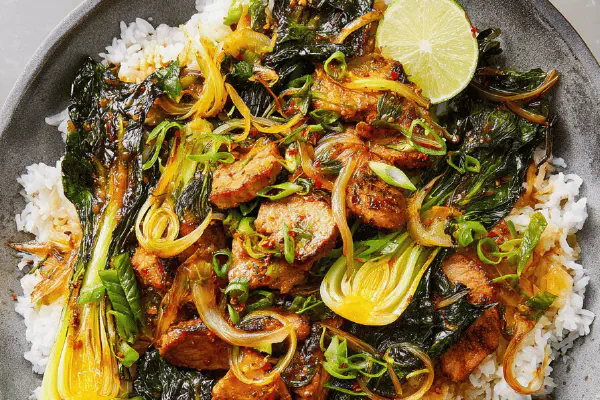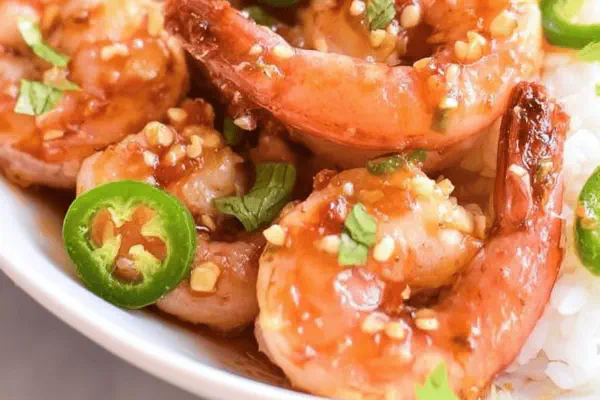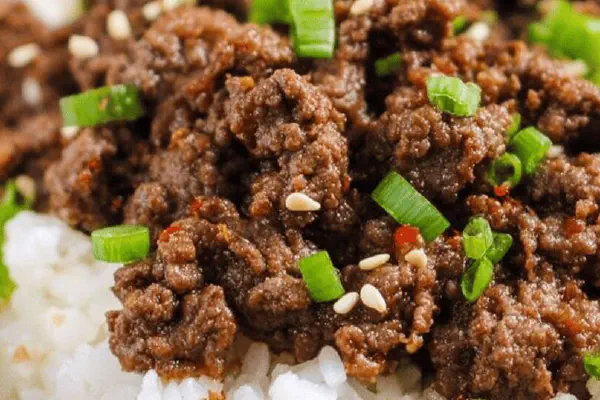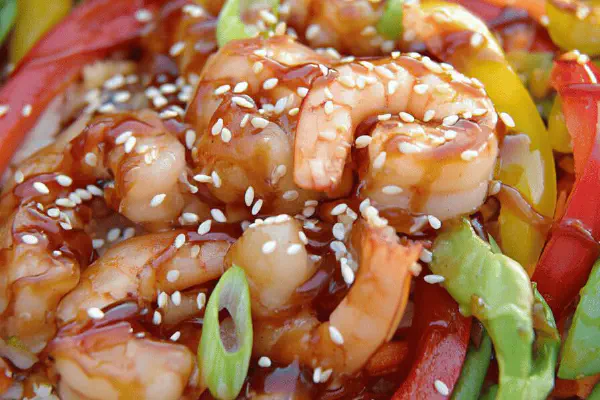Ginger Pork Stir-fry

By Emma
Certified Culinary Professional
Ingredients
- 90 ml mirin
- 60 ml light soy sauce
- 15 ml honey
- 30 ml lime juice
- 2 shallots, finely minced
- Fresh turmeric, 15 ml grated
- Black pepper freshly cracked
- 675 g pork loin, trimmed, sliced thin
- 45 ml canola oil
- Salt to taste
- 4 baby bok choy, halved
About the ingredients
Method
- Mix mirin, soy sauce, honey, lime juice, turmeric and minced shallots in bowl. Season with pepper. Add pork slices. Toss to coat fully. Cover with cling film or seal in bag. Refrigerate minimum 2 hours; ok overnight if you want deeper flavor.
- Start bok choy by steaming or quickly blanching for 2 minutes, drain. Set aside, season with pinch of salt.
- Heat wok or heavy pan on high till it almost smokes. Add canola oil. Work in batches, no crowding, flash-sear pork slices. Listen to that sizzle, pork edges should darken, caramelizing sugars from honey and soy.
- Remove pork to warm plate. Pour marinade into wok. Watch liquids bubble vigorously; reduce down until thick and syrupy-ish. Stir often, scrape browned bits stuck to pan.
- Return pork promptly, toss to glaze well in sticky sauce. Let flavors marry over med heat one minute but avoid boiling sauce too long or meat toughens.
- Serve immediately on jasmine rice, drizzle with extra sauce. Place bok choy alongside or on top for contrasting freshness and texture.
- Note caramelization cues; pale pork means increase heat, overly dark spots mean pan too hot or pork too thin. Adjust flame accordingly.
- If lacking turmeric, ginger roots work fine though flavor shifts. Honey sub maple syrup but be mindful of sweetness difference.
- Use scallions if shallots missing, add chopped fresh chili for kick if you like.
- Pan sauce is key; don’t skip reducing marinade or dish feels watery. Visual cue: thick enough to coat back of spoon.
Cooking tips
Chef's notes
- 💡 Marinate pork slices minimum 2 hours covered in fridge; marinade pH, acid and sweet balance crucial. Honey caramelizes differently than mirin, darker spots signal heat. Thin slices cook fast, avoid drying by tossing back quickly in sauce. Use shallots not garlic for softer aroma. If no turmeric, fresh ginger ok but reduce amount; ginger sharper punch. Canola oil best smoke point neutral. Marinate covered to block fridge odors, meat soaks acids well over time.
- 💡 Start bok choy prep first; steam or blanch 2 minutes max. Avoid soggy by quick drain, salt pinch after. Adds fresh crunch. Grilling bok choy works for smoky contrast but less bright. Watch pan temperature—if too low, pork poaches; too high burns edges. Listen for sizzle crackle, look for pale raw patches to go. Batch cooking key: no crowding keeps caramelization sharp. Sauce reduces till almost syrupy, coats spoon back.
- 💡 Pan sauce needs patient reduce; watch bubbles, stir often scraping browned bits stuck to wok. Return pork last minute to avoid overcook, let flavors marry under medium heat one short minute only. Pan juices hold umami, skip reduction yields watery sauce no stick. Use visual cues not timer here; thick enough to coat meat signals good finish. Use spatula scraping to get fond off pan bottom, key flavor ingredient often missed.
- 💡 If short on time marinate 1 hour minimum but flavor lack depth then. Overnight best if you got patience. Lime juice brightens; rice vinegar alternative but lime sharper citrus note. Salt cautiously; soy adds sodium. Pepper freshly cracked gives snap; pre-ground dull. Shallots soften under heat, add slight crunch chunks if minced chunky, texture contrast. Scallions backup if no shallots, same onion family. Add fresh chopped chili for heat if desired.
- 💡 Heat must be high enough to create Maillard reaction but controlled — watch pork edges color deepen, shifting from pale pink to caramel amber. Don't crowd pan or steam forms, stops crust. Remove browned pork to warm plate to rest slightly. Sauce viscosity key cue; too thin means under reduced. If sauce too thick, splash tiny water or soy to loosen; prevents coat clumping. Use jasmine rice bed for softness contrast, bok choy adds clean crispness. Whole dish built on layers textures.
Common questions
How long to marinate pork?
Minimum 2 hours best. One hour passable but flavor flat. Overnight deepen smells, acids work slowly. Cover to block fridge smells. Can do less but texture suffers.
Can I swap turmeric?
Fresh ginger works but use less — ginger stronger bite. Turmeric earthier, softer aroma. If no fresh, powder could work but weaker flavor, adjust amount up. Subtle shifts happen.
My pork boiled not seared, why?
Likely crowded pan or heat not high enough. No space traps moisture, meat steams instead. Listen for loud sizzle not quiet simmer. Use batches, preheat pan well with oil before pork in.
How to store leftovers?
Cool quickly to fridge, use airtight container. Reheat gently to avoid drying pork. Sauce thickens cold, warm with splash water or soy. Can freeze but texture shifts; best eaten next day.



